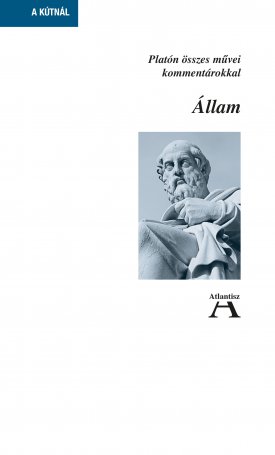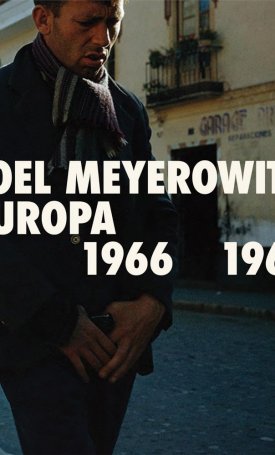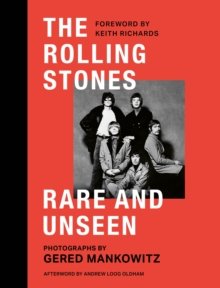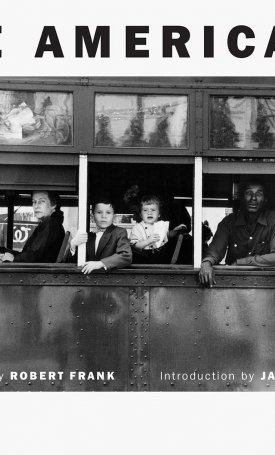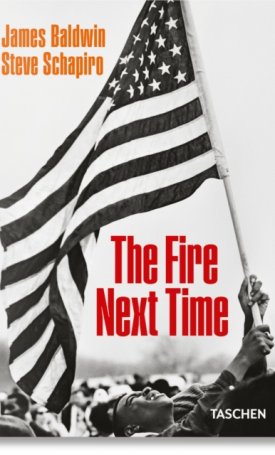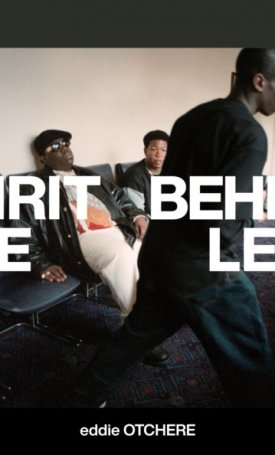Walker Evans
-10%
11 920 Ft
10 728 Ft
Elfogyott A kedvezményes árak kizárólag a webshopunkon keresztül leadott megrendelésekre érvényesek!
Walker Evans
Soon after he returned from Paris to New York City in 1927, Evans began contributing to the development of American photography. He captured the substance of people and buildings with a spare elegance that is utterly unpretentious. His gaze is serious but often amused as well, direct yet never simple. During the 1930s, Evans traveled throughout the South to chronicle the effects of economic hardship. The time that he and writer James Agee spent with Alabama sharecropper families yielded an evocative, honest record of the Great Depression, which was published in book form as Let Us Now Praise Famous Men (1941). Evans then turned his lens back on New Yorkers, photographing subway riders with a camera hidden in his coat. He continued to influence American self-perception as staff photographer for Fortune from 1945 until he accepted a professorship at Yale in 1965.
Evans--who always chose art over what he criticized as artiness--wrote, in Photography (1969), "Whether he is an artist or not, the photographer is a joyous sensualist, for the simple reason that the eye traffics in feelings, not in thoughts. This man is in effect a voyeur by nature; he is also reporter, tinkerer, and spy."
Although his work has received many awards, been enshrined in the best museums, and been exhibited on several continents, Evans`s total corpus is only now being fully examined. This important book revises our appreciation of Evans by presenting previously unknown material in an accessible context. Essays by Maria Morris Hambourg, Jeff L. Rosenheim, Doug Eklund, and Mia Fineman offer novel insights into the sources and legacy of Evans`s work. The result is a superb exploration of what was achieved by one of our finest, mostly deeply American artists.



